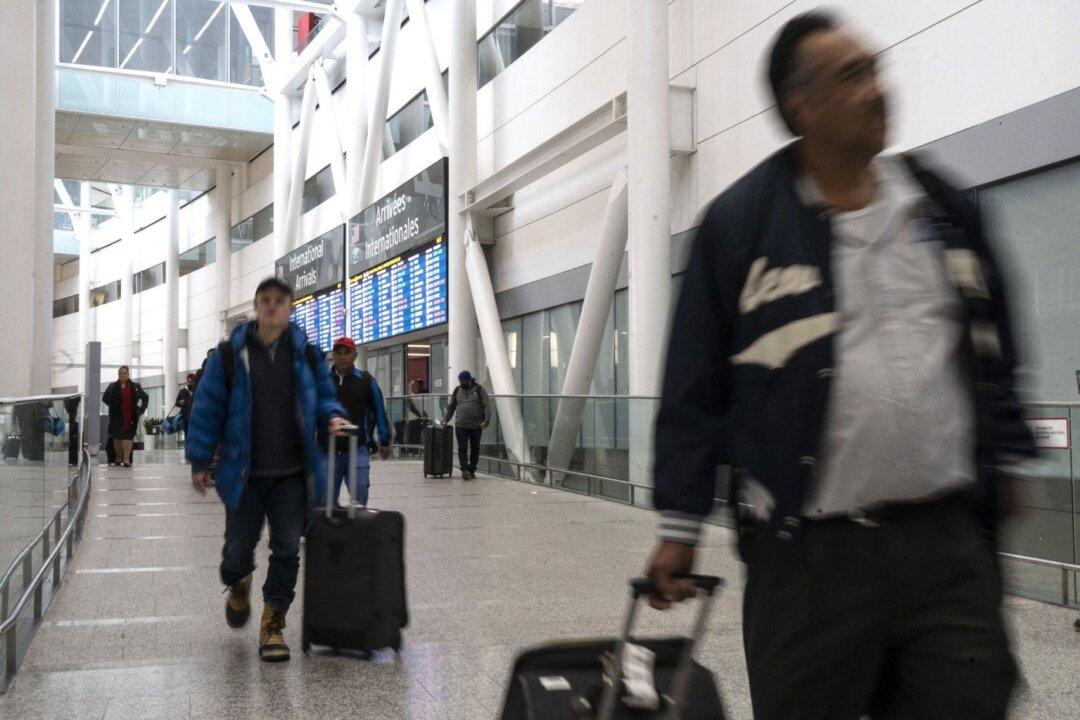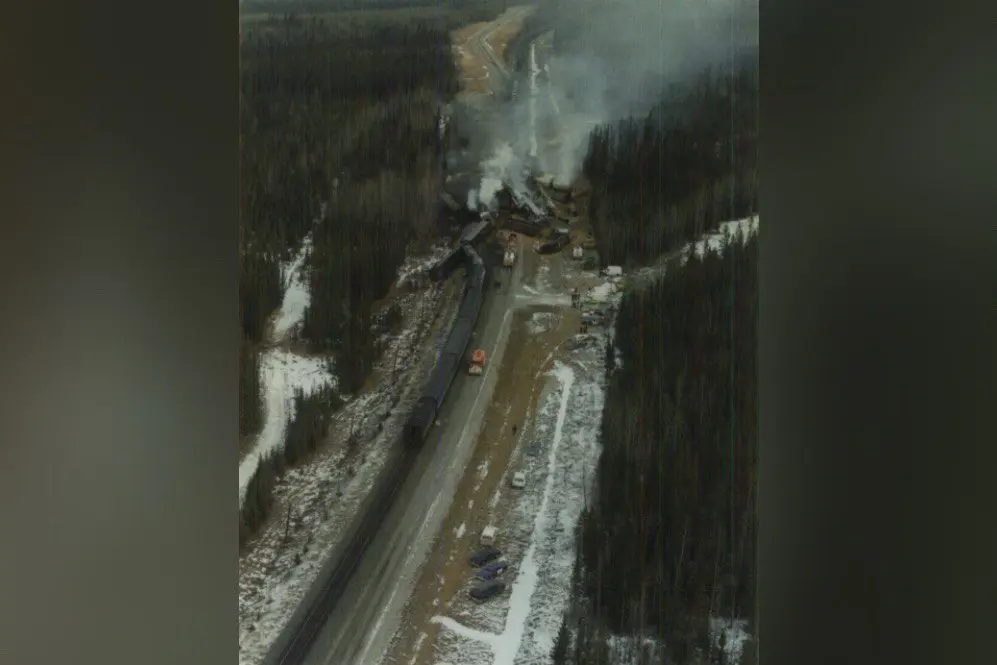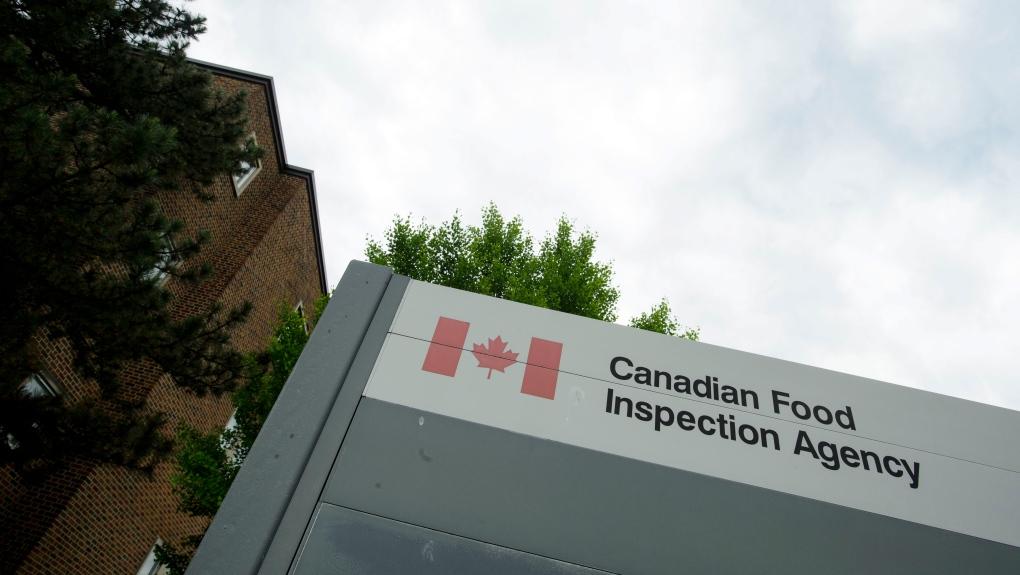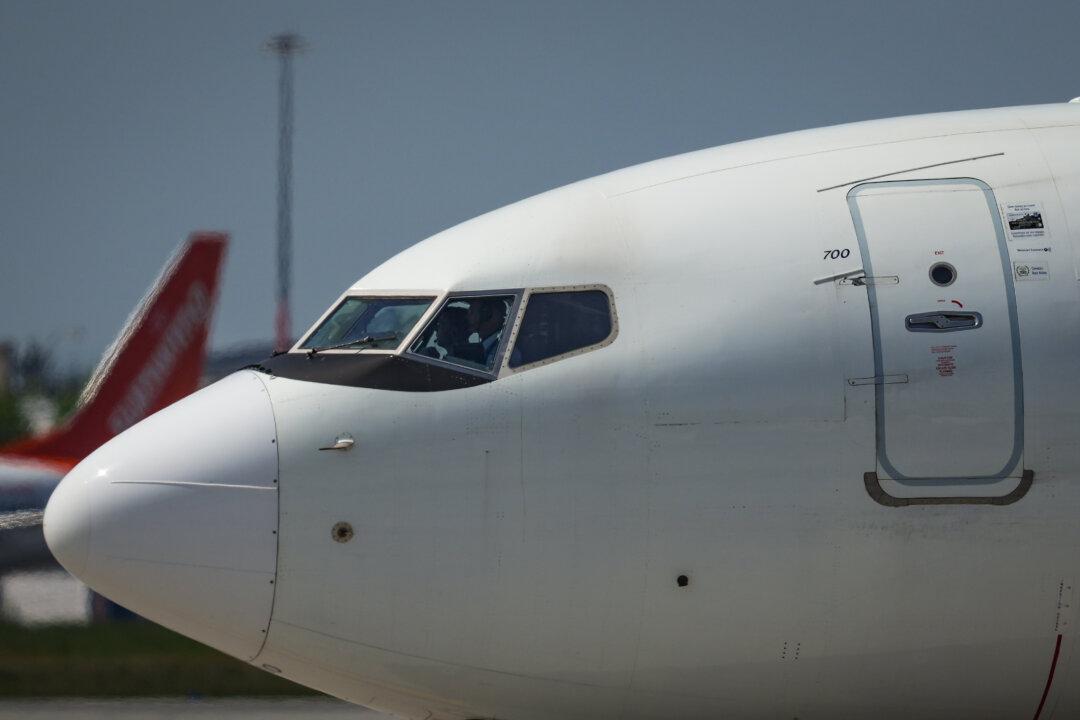Aiming to prevent the chaos that travellers experienced last year when flying in and out of Canada’s busiest airport, Toronto Pearson International has bolstered staffing and made technological improvements ahead of this year’s summer surge.
The Greater Toronto Airports Authority (GTAA) said Monday it is better prepared for the summer travel rush to ensure passengers don’t face widespread delays and cancellations in the coming months.





